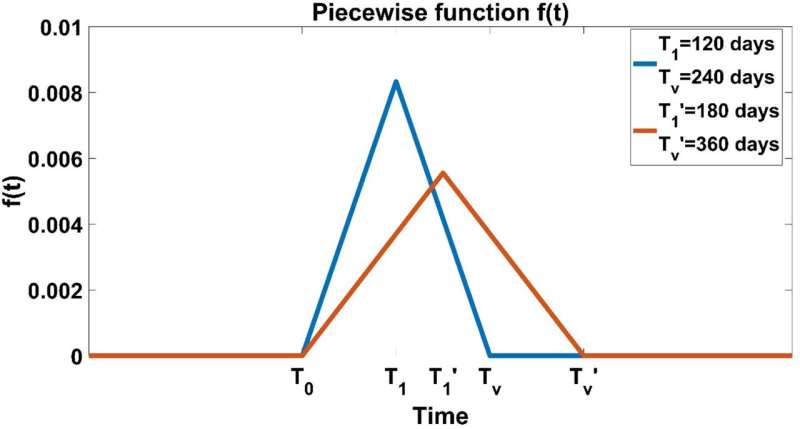COVID-19 transmission higher in households than in workplaces, schools or community

New research out of York University has found the transmission of COVID-19 is much higher in households than in workplaces, schools or the community as the potential for prolonged contact with infected people is greater in the home.
The researchers looked at testing rates and turnaround times, vaccine efficacy, coverage and transmission, waning immunity, and public health measures under various lockdown, reopening and resurgence scenarios—from March to December 2020—to find the best global vaccination strategies to control COVID-19 outbreaks.
They found testing helped mitigate transmission between members of the same household if results were available within the first 24 hours. PCR testing was widely available during this time, which is more sensitive than the current rapid tests, although the researchers believe even this testing is likely to help to curb transmission between family members. Ideally, public health resources would be available for PCR testing.
"Although vaccination helped decrease virus transmission, testing remains an important tool for virus containment as it allows people to isolate sooner," says York University Professor Huaiping Zhu of York University's Canadian Center for Disease Modeling in the Faculty of Science and the corresponding author.
The study also looked at what percentage of the population needs to be vaccinated based on the level of immunity to the virus in the community. To control COVID-19 infections when there is waning immunity, 90% of the public needs to be vaccinated. If waning immunity isn't an issue, only 60% of the population needs to be vaccinated with a vaccine that is at least 70% effective.
Waning immunity could be an issue now heading into winter as recent uptake for booster shots, particularly the bivalent, has been low.
The research team, including lead authors York Postdoctoral Fellows Elena Aruffo and Pei Yuan, found short immunity times coupled with an early relaxation of non-pharmaceutical interventions, such as mask wearing and isolation, are key drivers for disease resurgence.
"High vaccination rates help delay a re-emergence of infection and give public health time to implement new measures. However, even with widespread vaccination, if we are in a high transmission phase of the virus, either most symptomatic people need to be tested or a short testing turnaround time is needed," says Zhu, director of the NSERC-PHAC "One Health Modeling Network" OMNI.
Vaccine efficacy and distribution, waning immunity and public health measures all play a role in the degree of virus transmission.
"How quickly immunity wanes after vaccination could dictate how the vaccine is best rolled out," says Zhu. "If immunity lasts a long time, then a fast distribution of vaccine is most beneficial, whereas if the immunity time is short, a slower distribution is more effective as everyone won't become susceptible at the same time."
The research team's model is based on Toronto case data, but can be applied to any region.
The paper, "Community structured model for vaccine strategies to control COVID19 spread: a mathematical study," is published in the journal PLOS ONE.
More information: Elena Aruffo et al, Community structured model for vaccine strategies to control COVID19 spread: A mathematical study, PLOS ONE (2022). DOI: 10.1371/journal.pone.0258648




















